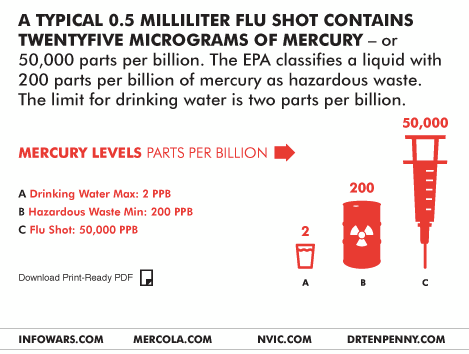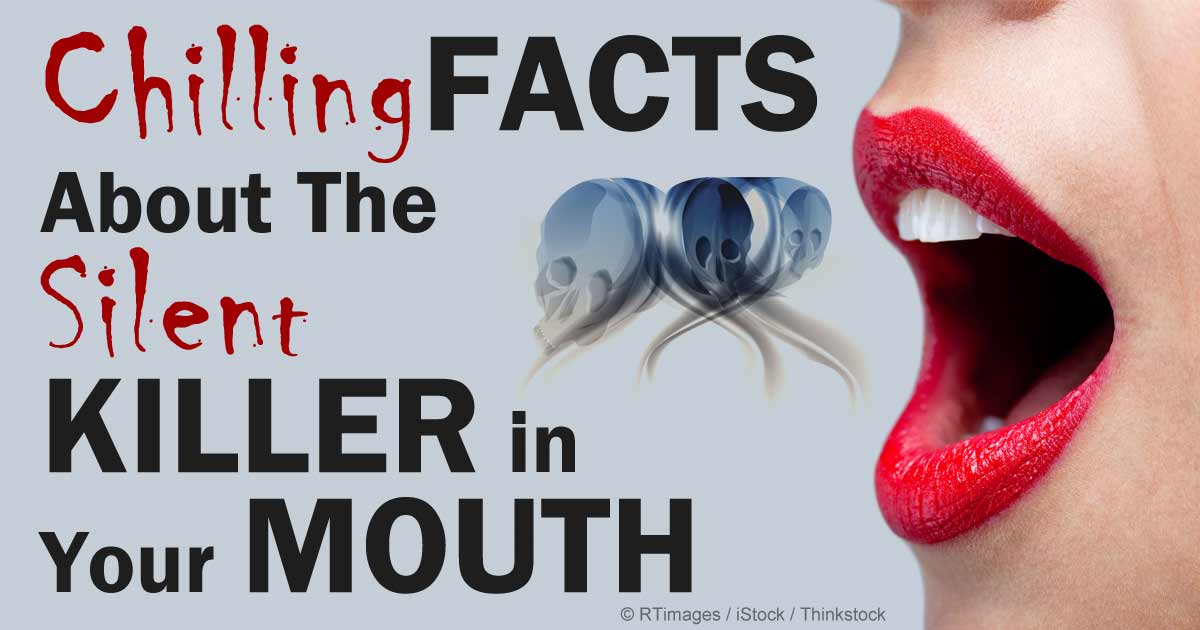Statement of Emmitt H. Carlton, Jr.
Virginia NAACP Immediate Past President
NAACP SUPPORT OF
H.R. 16801
House Government Reform Committee
Human Rights and Wellness Subcommittee
I am Emmitt Carlton, Immediate Past President of the Virginia NAACP. Our
national association, the National Association for the Advancement of
colored people, passed a resolution last year endorsing the
Watson-Burton bill and similar state bills. We were very concerned that
children, all children, not be faced with exposure to mercury through
so-called silver filings. I am honored to appear in front of the lead
sponsors of this bill, Chairman Burton and Ranking member Watson, and we
at the NAACP salute you for your national leadership.
This much is known about amalgam dental fillings:
- They are about 50% mercury.
- Mercury is toxic to all living organisms: it is a neurotoxin, it is bioaccumulative, and it is the most volatile heavy metal.
- Mercury in health care is being banned or phased out of almost all other health care uses.
- Mercury fillings are toxic material going into the mouth, and a hazardous waste coming out.
- Toxic mercury vapors emanate from the fillings.
- The Food and Drug Administration has never approved mercury
dental fillings as being safe, instead simply grandfathered them into
existence.
- The National Institute of Dental and Craniofacial Research never completed a peer-review study showing the fillings are safe.
- The American Dental Association has never conducted a peer-reviewed study showing the fillings are safe.
- Alternative dental materials are available for all uses. Already,
between one-fifth and one-third of dentist practice mercury-free
dentistry; that is, they no longer place mercury in children, or adults.
- Because mercury is a neurotoxic, the developing brains of children
are at particular risk to mercury exposure. Because mercury goes through
the placenta to the fetus and through the breast milk to the infant,
pregnant women and nursing mothers likewise face particular risks to
mercury exposure.
- The government of Canada recommends that children and pregnant women not receive mercury fillings.
One would assume, at the very least, that Americans would
have a choice NOT to get mercury fillings-that they would
not be forced into a position of exposure to mercury fillings. But such is not the case.
In general, Medicaid
requires dentists to
put mercury in children's back teeth. So does the Bureau
of Indian Affairs. Poor children still get mercury
fillings--or they get no fillings at all.
Is this because about everyone gets mercury fillings?
Not anymore. The most common filling material today,
according to the American Dental Association, are no
longer mercury fillings. It is resin, also known as
composite.
Is high cost the reason why our children do not have
a choice in dental fillings? Probably not. In ongoing
price surveys of 300 cities you can find on
http://www.bracesinfo.com,
a pattern is clear. For permanent teeth, one-surface fillings, mercury
fillings cost a little MORE than resin fillings. Generally, children
only need one-surface fillings: it's adults that need the two-and
three-surface fillings. For baby teeth, the cost of mercury fillings is a
little less than resin, but we must ask why do we ever allow mercury to
go into baby teeth? There is no good reason.
One possible reason for continuing to use mercury
fillings may be dental convenience, because the dentist
can do the procedure for mercury fillings a little faster.
Another possible reason is inertia-mercury fillings have
been the most common filling. Or there may be another
reason--a callous indifference to the poor children of
America.
We call on the Center for Medicare and Medicaid Services
(CMS) and the states to change their policies and allow
Medicaid families to have choices.
The NAACP has long focused on the issue of environmental
justice. For example, many Americans think that lead
paint problems for children are a thing of the past.
Not so--in the inner cities, the problem persists.
The NAACP adopted a resolution supporting the Watson-
Burton bill only after a thorough and deliberative
process. My home NAACP branch in Alexandria, Virginia,
and the Los Angeles, California branch began the process
by adopting similar resolutions and transmitting them to
the national NAACP Resolutions Committee. The national
NAACP health staff, headed by Willarda Edwards, M.D.
reviewed the resolutions, gave it a positive
recommendation, and forwarded it to be debated in
the NAACP national convention delegates for a
convention vote in Houston. After a robust floor
debate, the resolution was adopted. The NAACP Board
of Directors gave final approval to the resolution
at its meeting two months later. As you can see, the
NAACP takes time to consider carefully any policies
before adopting them, and has a mult-tiered process
before acting.
Action has begun at the state level to end the
Medicaid policy of mercury fillings or not fillings.
State Representative Karen Johnson, Republican of
Arizona, and Assemblyman Jerome Horton, Democrat of
California, have both introduced bills to stop their
states from dictating that mercury goes into children's
mouths. Both bills are progressing: the Johnson bill
is awaiting a floor vote in the Arizona House, and
the Horton bill cleared the Health Committee in the
California Assembly overwhelmingly. We understand that
the State of Maine is changing its policies to allow
choice, a change prompted by passage of the law written
by then Senate president Mike Michaud, a law which gives
consumers disclosures about the risks of mercury fillings.
Senate president Michaud is now Congressman Michaud, and it is a hornor
to site on the panel with him, as well as with California Dental Board
member Chet Yokoyama, and consumer advocate Sandy Duffy from Oregon.
I am pleased to inform the Subcommittee that these changes are favored
by many in organized dentistry. The National Dental Association, the
largest organization of African-American dentists, favors changing
Medi-Cal to allow choices for consumers. So does the California Dental
Association, the largest state affiliate of the American Dental
Association, who testified for the Horton bill in California. So too,
the International Association of Oral Medicine and Toxicology and the
American Academy of Biological Dentistry, both nation associations of
mercury-free dentists. We commend the dental groups and individual
dentist who want low-income consumers to have choices that the rest of
us have.
Ending the "mercury fillings or not fillings" for the poor should trigger three major steps forward.
First, it will increase the number of dentist who will serve the poor.
Mercury-free dentists now account for between one-fifth and one-third of
all American's dentist, according to surveys by the Christiansen
Research Institute and Dental Products Magazine, and number is growing
fast. These dentists cannot, in conscience, participate, because they
won't put mercury in children's teeth. Testimony submitted to the
California Assembly Health Committee suggests an immediate increase in
participation. The American Academy of Biological Dentistry, a national
organization of mercury-free dentist, predicted some of their members
would start participating, and San Francisco dentist Terecita Dean said
she was ready to start participating as soon as she could put
non-mercury alternatives into children's bodies.
Second, by changing Medicaid, the third-party payment system at the
bottom economic rung, we can spur changes to the third -party payment
system in general, including private insurance and public employee
insurance. Moderate-income Americans on limited instuarnce plans
frequently face a situation where they, too, must get mercury fillings
for their families. The NAACP resolution endorses changing the
third-party payment system on fillings, so consumers have a choice and
so all dentists may participate. It's time that the insurance companies
and government agencies re-evaluate these policies. It's time to end
mercury for the poor and choice for the rich.
I am please to note that Rhode Island has taken a major step in that
direction. A statute enacted there permits public employees to get
non-mercury alternatives.
Third, we will create a system that is more fair to dentists. The time
for transition our of mercury fillings in now. We don't want to punish
or straitjacket our dentists; rather, we want a payment mechanism so
dentists can fully participate in the transition to mercury
alternatives.
Don't leave poor children behind. Don't saddle them with the burden of
mercury toxicity. Don't create a two-tiered system of environmental
justice, where we leave the mercury fillings on the Indian reservations,
in the inner cities, in the barrios, and in Appalachia. All of
American's children deserve what Canada's children, and Sweden's
children, and increasingly American's middle-class children get: a
mercury-free childhood.
The leading rationale I have heard for using mercury fillings is that
they have been used for 150 years, so how harmful can they be? That is
not rationale at all--as a country, we've done other things for 150
years (or more) that are wrong. It's time to offer alternatives to
mercury fillings for all.



















